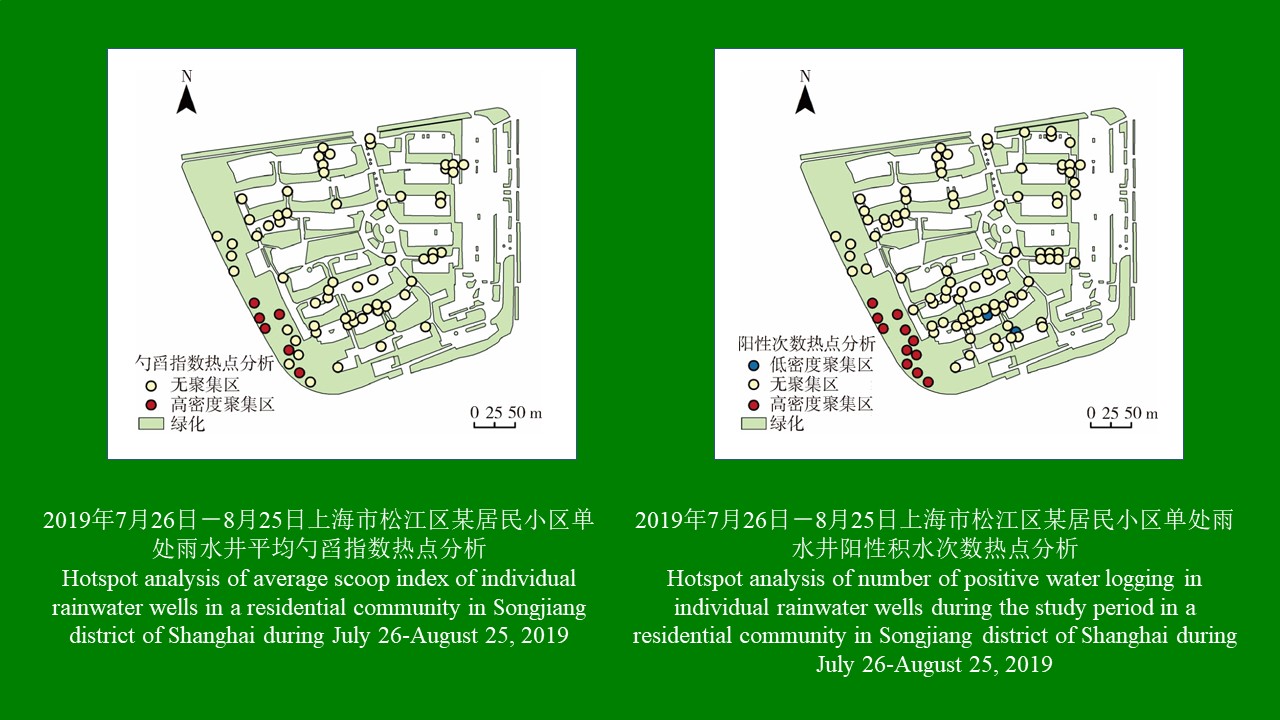 PDF(4000 KB)
PDF(4000 KB)


 PDF(4000 KB)
PDF(4000 KB)
 PDF(4000 KB)
PDF(4000 KB)
降雨量对雨水井蚊虫孳生的影响研究
 ({{custom_author.role_cn}}), {{javascript:window.custom_author_cn_index++;}}
({{custom_author.role_cn}}), {{javascript:window.custom_author_cn_index++;}}A study on the effect of rainfall on mosquito breeding in rainwater wells
 ({{custom_author.role_en}}), {{javascript:window.custom_author_en_index++;}}
({{custom_author.role_en}}), {{javascript:window.custom_author_en_index++;}}
| {{custom_ref.label}} |
{{custom_citation.content}}
{{custom_citation.annotation}}
|
/
| 〈 |
|
〉 |